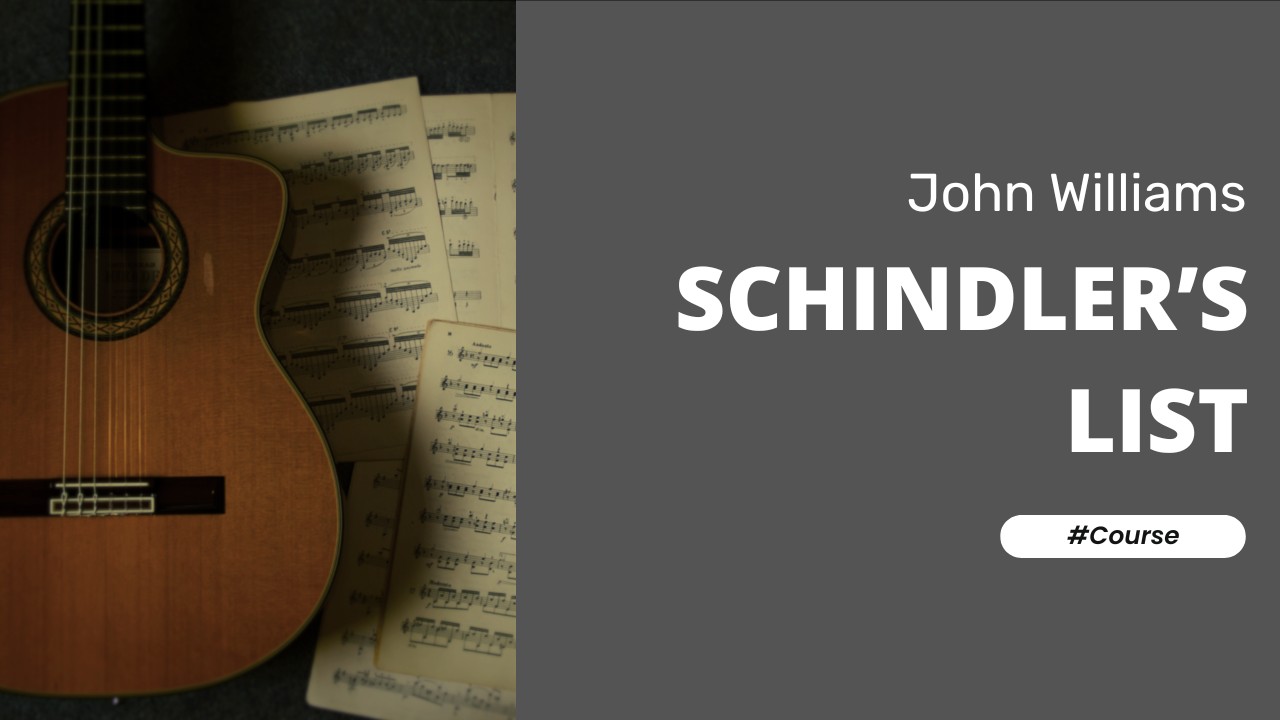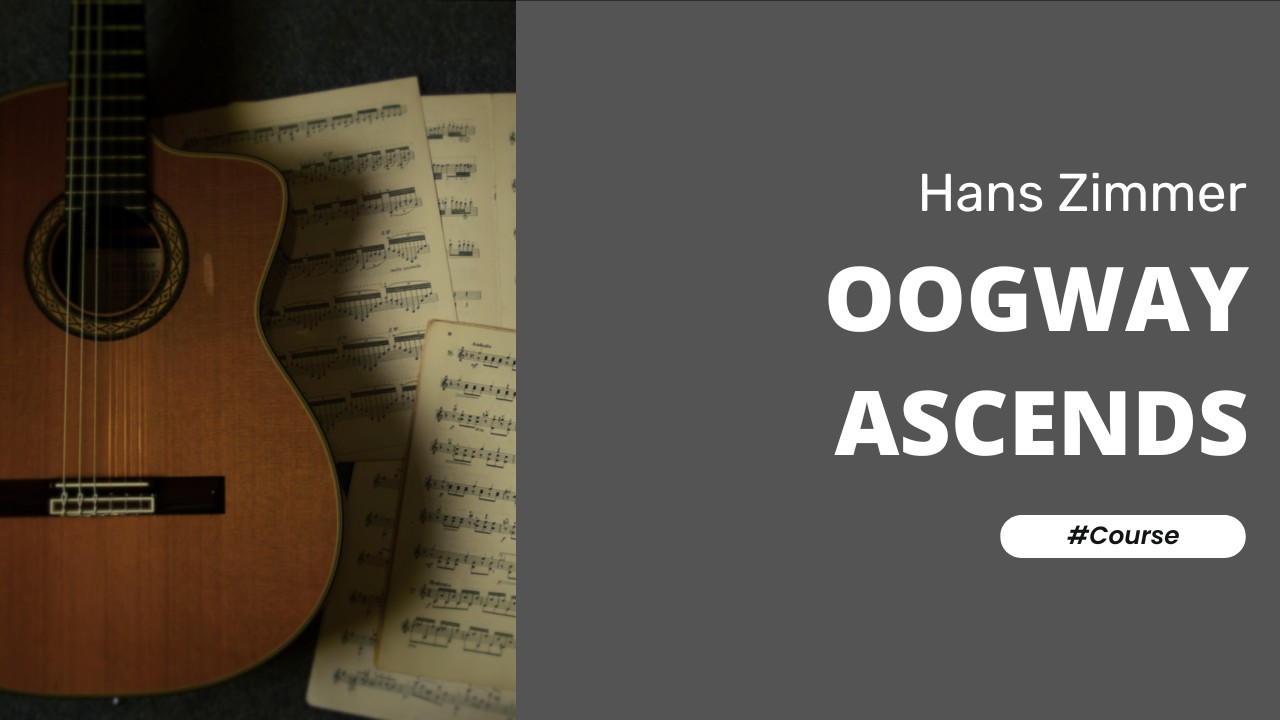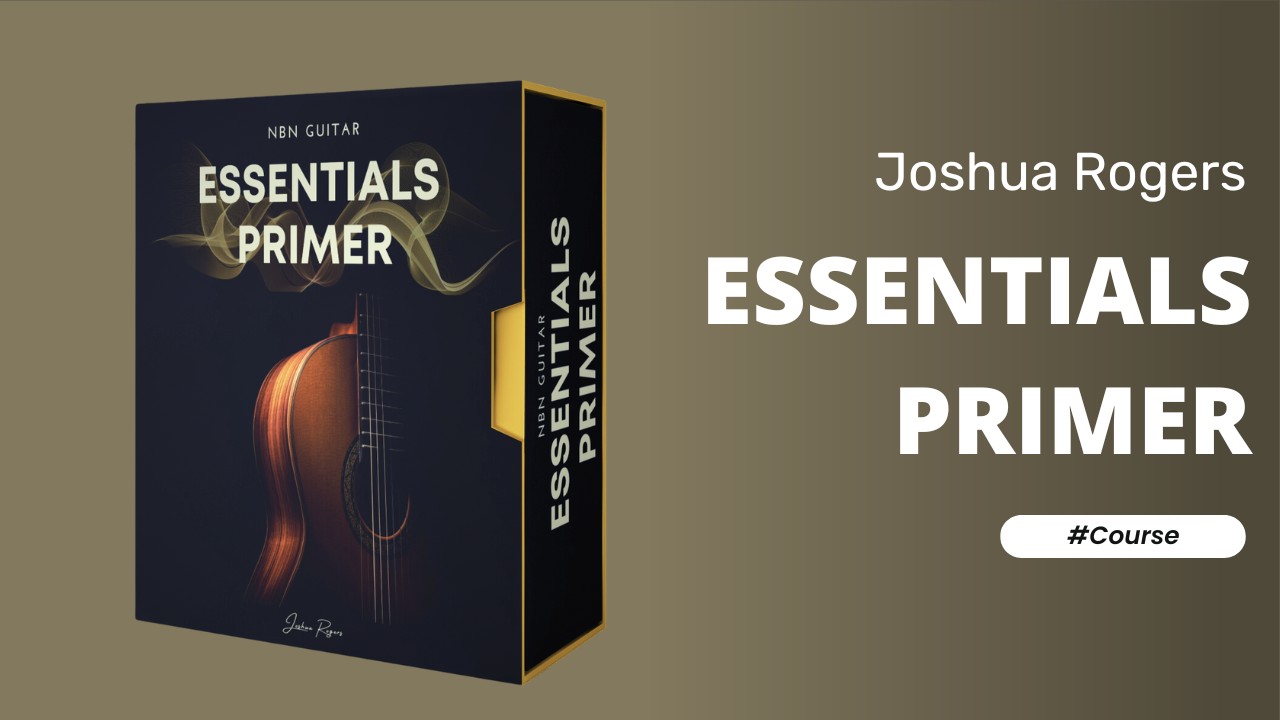Julia Florida (Barcarola) by Agustin Barrios
Introduction
I first discovered “Julia Florida” also known as Barcarola inside the Grade 7 Trinity College of London examination pieces book (1986 – 1989). I ended up choosing it as one of my exam pieces along with Danza Characteristica by Leo Brouwer, and another piece that I can’t remember the name of!
It is played using a Drop D tuning, whereby the sixth string E is tuned down a full step (whole tone) to D. The piece is named after Julia Martinez de Rodriguez, a student of Barrios, and evokes the serene and flowing nature of a boat song. Its gentle, undulating rhythm mimics the movement of water, creating a soothing and contemplative atmosphere.
The piece itself was composed in 1938, and is in the style of the Barcarole sung by the gondoliers of Venice and although this piece is written in 3/4 the standard time signature for a barcarolla is 6/8. Mangoré was well-versed in many compositional styles and it shows through in this carefully measured piece that reflects not only the rhythm of the gondoliers stroke but also the beautiful sonorities that are possible on the guitar.
“Julia Florida” by Agustín Barrios is a quintessential piece in the classical guitar repertoire, celebrated for its lyrical beauty and emotional depth. Agustín Barrios, also known by his indigenous name Mangoré, was a Paraguayan composer and virtuoso guitarist whose works have significantly enriched classical guitar literature. Known for his expressive melodies and technical sophistication, Barrios’s compositions often reflect the cultural richness and natural landscapes of Latin America.
Performing “Julia Florida” on classical guitar demands a delicate touch and a deep sense of musicality. The guitarist must navigate the piece’s intricate fingerings and subtle dynamic changes, ensuring that each note resonates with clarity and emotion. The piece’s structure, with its flowing arpeggios and lyrical lines, offers a rich palette for expressive interpretation.
“Julia Florida” stands as a testament to Barrios’s genius in blending technical demands with musical poetry. Its combination of melodic charm and rhythmic elegance makes it a cherished addition to the classical guitar repertoire, offering performers and audiences alike a glimpse into the soul of Latin American music.
From a technical perspective acciacatura, arrastre, natural & artificial harmonics are all found within the piece and never seem contrived or out of place. Below are a few technical and interpretative tips:
-
Pick natural harmonics with the right-hand near the bridge for increased punch and clarity
-
Play smoothly and keep a steady rhythmic pulse
-
Use acciactura to mimic the movement of the paddle through the water
-
Try to find artificial harmonic points by using the rosette or the end of fretboard as a guide
Musical Style
Agustín Barrios’ musical style is a harmonious blend of European classical traditions and South American folk influences. Known for his virtuosic technique and expressive depth, Barrios’ compositions often feature lyrical melodies, intricate fingerwork, and rich harmonies. His works capture the spirit of Latin American music, incorporating elements like syncopated rhythms and folk dance forms. Barrios’ ability to convey profound emotion through his music, combined with his technical brilliance, has made his compositions enduring staples in the classical guitar repertoire. His pieces are celebrated for their beauty, technical demands, and the unique fusion of classical and folk styles.
Notable Pieces
Five notable pieces by Agustín Barrios:
• Danza Paraguaya (available as a course here on NBN Guitar)
• La Catedral
• Una Limosna por el Amor de Dios
• Vals Op. 8, No. 3
• Vals Op. 8, No. 4
Let your fingers fly!
Josh
Course Instructor
Barcarola ‘Julia Florida’ Course
Learn to play Julia Florida (Barcarola)
About this Course
Introduction
I first discovered “Julia Florida” also known as Barcarola inside the Grade 7 Trinity College of London examination pieces book (1986 – 1989). I ended up choosing it as one of my exam pieces along with Danza Characteristica by Leo Brouwer, and another piece that I can’t remember the name of!
It is played using a Drop D tuning, whereby the sixth string E is tuned down a full step (whole tone) to D. The piece is named after Julia Martinez de Rodriguez, a student of Barrios, and evokes the serene and flowing nature of a boat song. Its gentle, undulating rhythm mimics the movement of water, creating a soothing and contemplative atmosphere.
The piece itself was composed in 1938, and is in the style of the Barcarole sung by the gondoliers of Venice and although this piece is written in 3/4 the standard time signature for a barcarolla is 6/8. Mangoré was well-versed in many compositional styles and it shows through in this carefully measured piece that reflects not only the rhythm of the gondoliers stroke but also the beautiful sonorities that are possible on the guitar.
“Julia Florida” by Agustín Barrios is a quintessential piece in the classical guitar repertoire, celebrated for its lyrical beauty and emotional depth. Agustín Barrios, also known by his indigenous name Mangoré, was a Paraguayan composer and virtuoso guitarist whose works have significantly enriched classical guitar literature. Known for his expressive melodies and technical sophistication, Barrios’s compositions often reflect the cultural richness and natural landscapes of Latin America.
Performing “Julia Florida” on classical guitar demands a delicate touch and a deep sense of musicality. The guitarist must navigate the piece’s intricate fingerings and subtle dynamic changes, ensuring that each note resonates with clarity and emotion. The piece’s structure, with its flowing arpeggios and lyrical lines, offers a rich palette for expressive interpretation.
“Julia Florida” stands as a testament to Barrios’s genius in blending technical demands with musical poetry. Its combination of melodic charm and rhythmic elegance makes it a cherished addition to the classical guitar repertoire, offering performers and audiences alike a glimpse into the soul of Latin American music.
From a technical perspective acciacatura, arrastre, natural & artificial harmonics are all found within the piece and never seem contrived or out of place. Below are a few technical and interpretative tips:
-
Pick natural harmonics with the right-hand near the bridge for increased punch and clarity
-
Play smoothly and keep a steady rhythmic pulse
-
Use acciactura to mimic the movement of the paddle through the water
-
Try to find artificial harmonic points by using the rosette or the end of fretboard as a guide
Musical Style
Agustín Barrios’ musical style is a harmonious blend of European classical traditions and South American folk influences. Known for his virtuosic technique and expressive depth, Barrios’ compositions often feature lyrical melodies, intricate fingerwork, and rich harmonies. His works capture the spirit of Latin American music, incorporating elements like syncopated rhythms and folk dance forms. Barrios’ ability to convey profound emotion through his music, combined with his technical brilliance, has made his compositions enduring staples in the classical guitar repertoire. His pieces are celebrated for their beauty, technical demands, and the unique fusion of classical and folk styles.
Notable Pieces
Five notable pieces by Agustín Barrios:
• Danza Paraguaya (available as a course here on NBN Guitar)
• La Catedral
• Una Limosna por el Amor de Dios
• Vals Op. 8, No. 3
• Vals Op. 8, No. 4
Let your fingers fly!
Josh
Course Instructor
Barcarola ‘Julia Florida’ Course
Learn to play Julia Florida (Barcarola)




